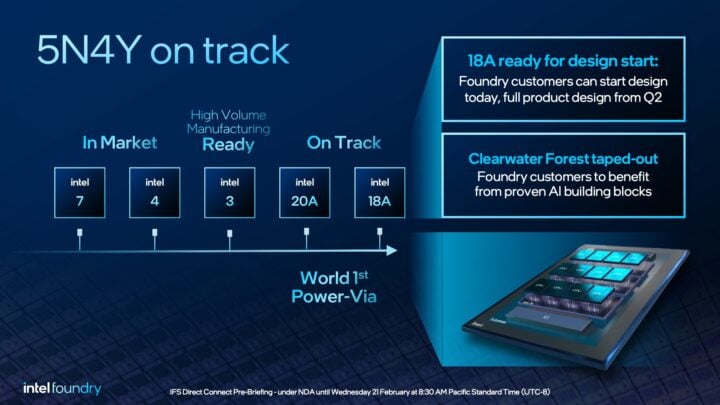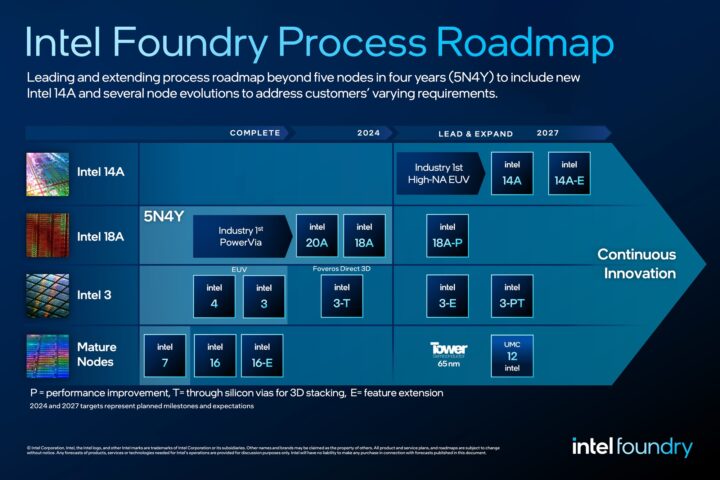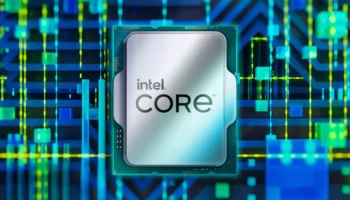Intel has provided an update on its foundry roadmap, revealing its most advanced process nodes yet. The chipmaker has reiterated its 5N4Y (5 nodes in 4 years) promise, with 20A and 18A set to launch this year and the next. Today’s update positioned Intel as a cutting-edge foundry rather than a chipmaker, with a substantial focus on improving existing nodes and developing new ones. A combination of advanced process nodes, improved node variants, and transistor-level upgrades set the tone of the event.

The event highlight was the 18A node, now design-ready for third-party clients, with full product design starting in Q2. This is the most advanced node ever designed by Intel with RibbonFET (GAA) transistors and PowerVia (backside power delivery). The first processors to leverage this node, Clearwater Forest, have already been taped out (design finalized).
Intel continues to maintain the (upcoming) launch of the 15th Gen Arrow Lake processors with the 20A node as its “process leadership” moment. However, much of the foundry’s emphasis lay on 18A, which will complete the 5N4Y promise in 2025. Intel products to leverage the 18A node in 2025 and beyond include Xeon Granite Rapids NEXT (P-core), Xeon Clearwater Forest (E-core), and Panther Lake (hybrid).

Intel’s foundry roadmap has been refined to include updated variants of nodes for different clients and their products. We’re looking at three refinements: E, T, and P:
E is a basic node refinement similar to the one from Alder to Raptor Lake. They offer modest gains in performance/efficiency without any notable change to the transistors. You can expect higher voltage and temperature support to improve the peak clocks.
T will be used for nodes supporting through-silicon vias (TSVs), instrumental in base dies used in advanced packaging. The resulting hybrid bonding is used in Foveros 3D Direct to stack dies directly on top of one another using copper bonds.
P signifies a performance increment over the base node not quite as substantial as a node shrink but more notable than an E variant. The upgrade from 10nm+ to 10nmESF (now Intel 7) is a P variant improvement.

Following the launch of 20A with Arrow Lake later this year, Intel plans a T variant of its 3nm-class node, followed by an E and PT variants in 2025/26. The 18A node set to debut with Clearwater Forest in 2025 will be followed by a P variant, offering enhanced performance-per-watt. And at the end, we’ve 14A, set to enter risk production in late 2026. It will be followed by an E variant expected to enter risk production in 2027.
All these measures are expected to make Intel’s Foundry the #2 foundry by 2030, behind TSMC but ahead of the (struggling) South Korean Samsung Foundry.
Further reading:





